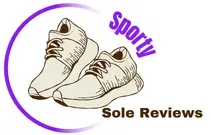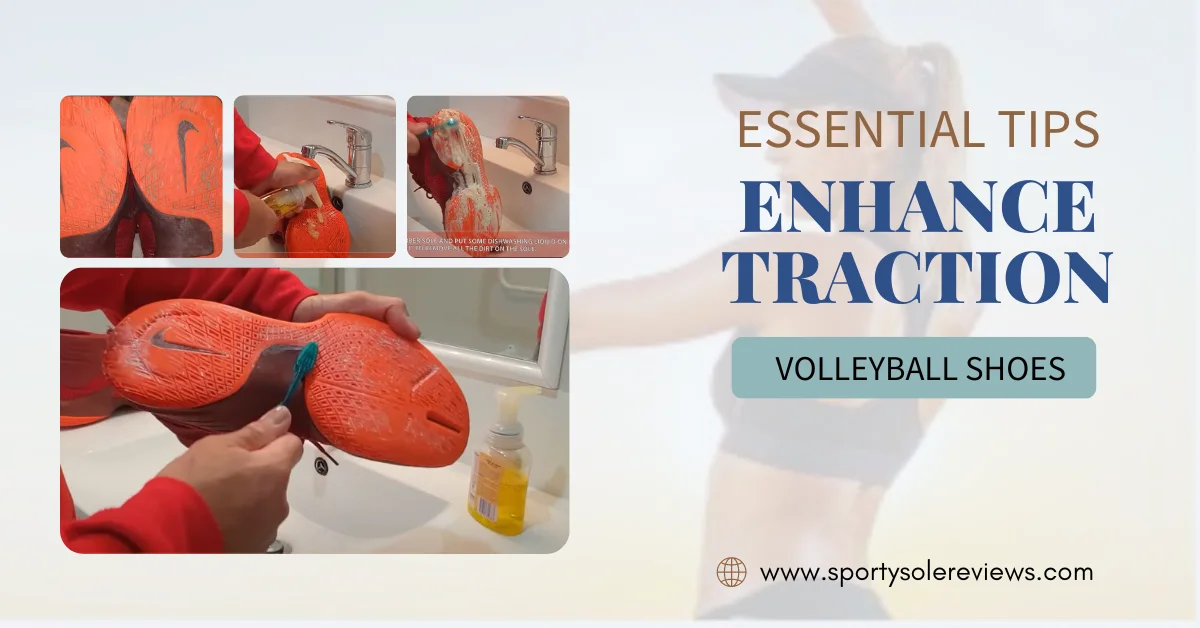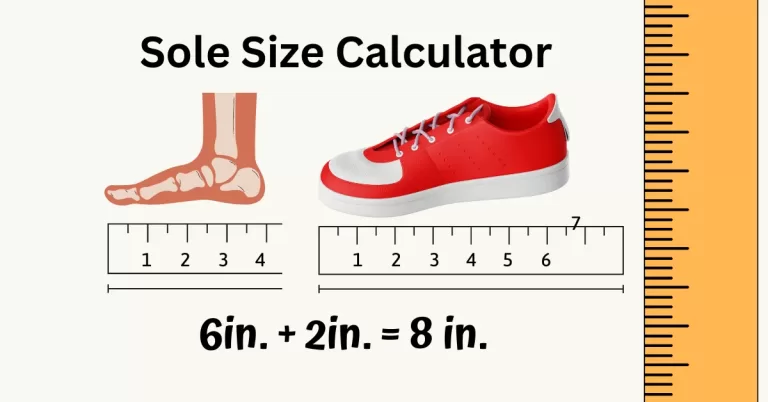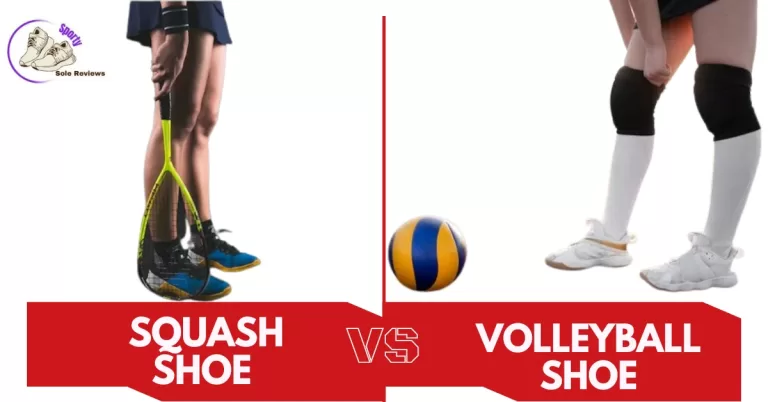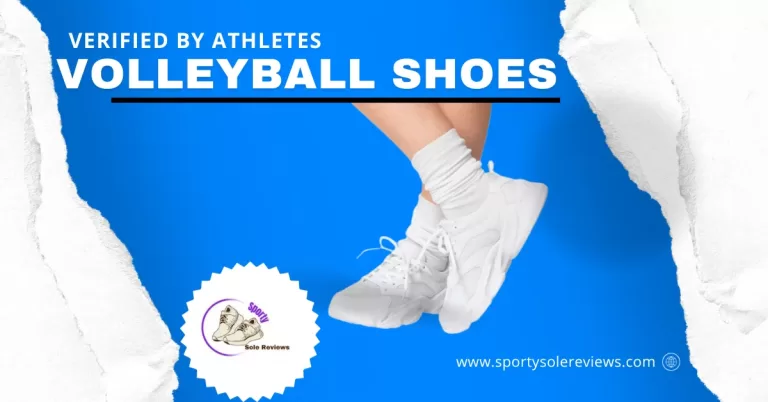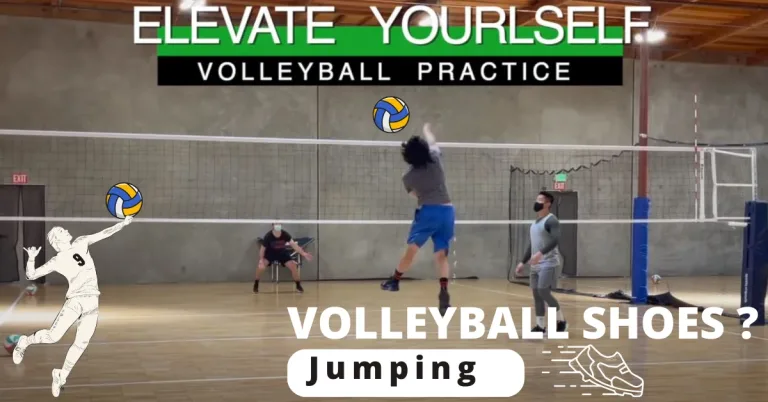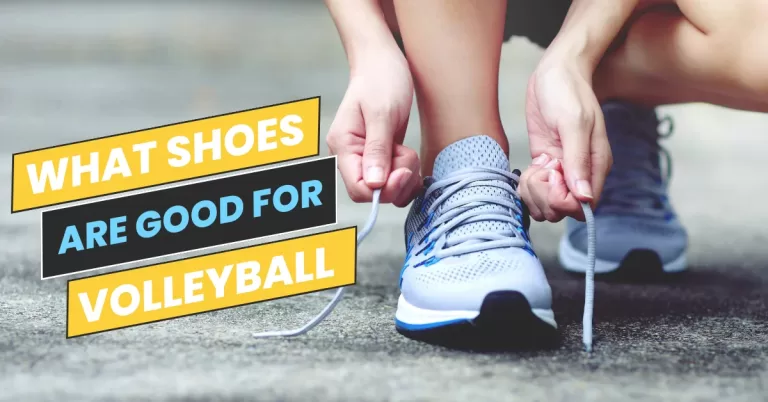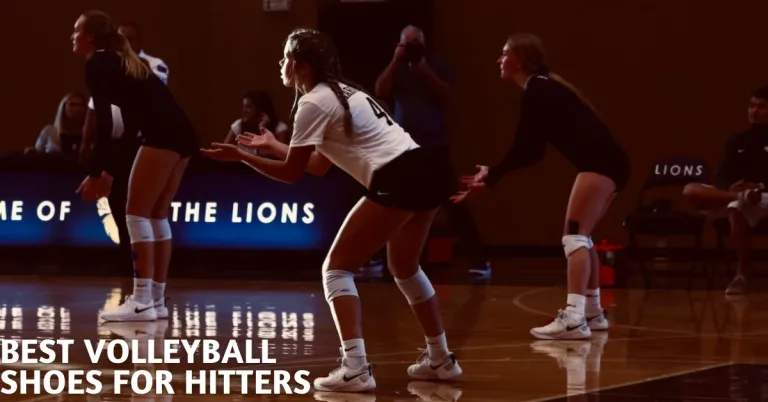5 Essential Tips to Enhance Traction on Your Volleyball Shoes
In the exhilarating game of volleyball, having reliable traction is crucial for optimal performance and injury prevention. The ability to swiftly change direction, make explosive jumps, and maintain stability is directly linked to the quality of traction on your volleyball shoes. To help you up your game, this article presents 5 essential tips to enhance traction on your volleyball shoes. By implementing these tips, you’ll gain the confidence and agility needed to outmanoeuvre your opponents on the court while minimising the risk of slips and falls.
Opt for the Right Sole Material
The sole of your volleyball shoes is your connection to the court, and the choice of sole material can significantly impact your game.
Gum Rubber Soles
Pros:
Gum rubber soles are renowned for their exceptional grip, providing excellent traction on indoor courts. They’re also non-marking, making them suitable for gym floors. These soles excel in sudden lateral movements, essential in volleyball.
Cons:
While gum rubber soles offer superb traction indoors, they may not perform as well on outdoor or beach surfaces. They can wear down relatively quickly on abrasive terrains.
Rubber Soles
Pros:
Rubber soles are versatile and durable. They are well-suited for both indoor and outdoor play. Their sturdiness ensures a longer lifespan compared to some other sole materials.
Cons:
While rubber soles offer durability, they may not provide the same level of grip as gum rubber on indoor courts. Their performance can vary depending on the specific rubber compound used.
Non-Marking Soles
Pros:
Non-marking soles are designed to leave no scuff marks on indoor floors, making them ideal for gymnasiums and indoor volleyball courts. They typically come in gum rubber or specialized compounds.
Cons:
These soles may not offer the same level of traction as pure gum rubber on indoor surfaces. It’s essential to choose the right non-marking sole compound for optimal grip.
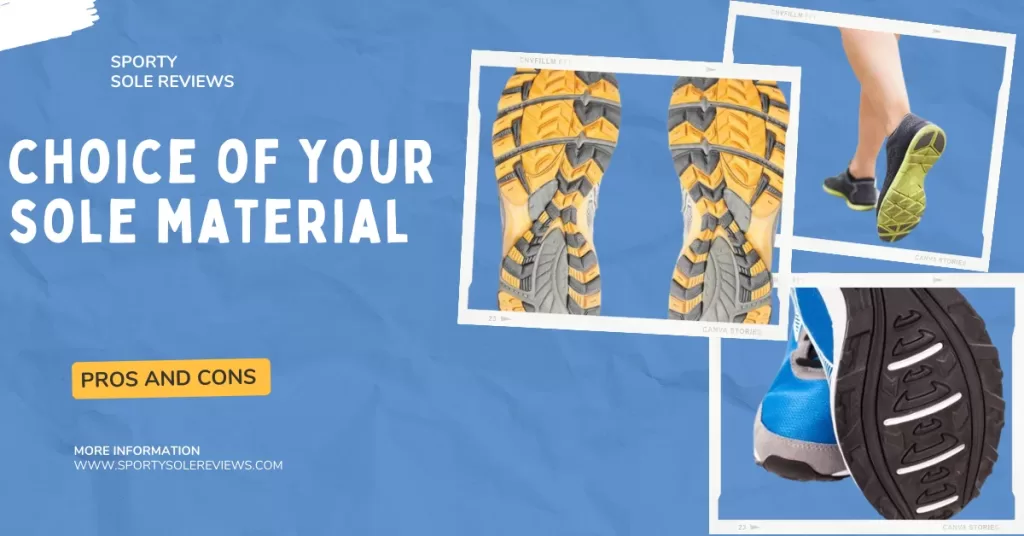
Choos the Right Volleyball Shoes
Understanding the nuances of different shoe types is essential. As a player, I share my experience with this topic by exploring the distinctions between indoor vs. outdoor volleyball shoes and low-cut vs. high-top shoes, as well as the crucial aspect of examining tread patterns.
Indoor vs. Outdoor Volleyball Shoes:
Indoor and outdoor volleyball courts demand different shoe designs. Indoor shoes, built for polished surfaces, prioritize grip and agility. Their outsoles feature intricate patterns, often herringbone or hexagonal, optimized for quick lateral movements. In contrast, outdoor shoes focus on durability. They possess thicker, more robust soles, often with circular tread patterns, to withstand the abrasive nature of outdoor courts.
Low-Cut vs. High-Top Shoes:
The choice between low-cut and high-top volleyball shoes depends on your playing style. Low-cut shoes offer greater mobility and are favored by agile players who value speed. Conversely, high-top shoes provide ankle support, which is ideal for players seeking stability and protection against sprains.
Examining Tread Patterns:
Tread patterns on volleyball shoes play a pivotal role in traction. Herringbone patterns excel at delivering a multidirectional grip, allowing quick pivots and sudden changes in direction. On the other hand, shoes with a gum sole are renowned for their stickiness, making them ideal for players who rely on sharp stops and starts. Hexagonal patterns, resembling honeycombs, offer a balance of grip and durability, while circular patterns provide consistent traction across various court conditions.
Tips to Enhance Traction On your volleyball shoes with Accessories
Accessories can play a pivotal role in enhancing traction and keeping you at the top of your game. Here are some game-changing options:
Grip Enhancing Products
To grip the court with confidence, consider grip-enhancing products. These specialized solutions, such as grip sprays and gels, provide an extra layer of tackiness, ensuring your feet stay firmly planted during those crucial plays.
Traction Pads and Inserts
For pinpoint control over your shoe’s grip, traction pads and inserts are your allies. These discreet accessories can be strategically placed to customize your shoe’s traction, helping you adapt to different playing conditions.
Shoe Sprays and Gels
Shoe sprays and gels are not just for fragrance. They can rejuvenate your shoe’s grip. Apply them to your shoe’s outsole, and let them work their magic. It’s a quick and easy way to restore that much-needed traction.
Tying Techniques for Improved Grip
Your lacing technique can make all the difference. The Lockdown Lacing Method ensures a snug fit, minimizing slippage within your shoe. For added stability, consider double knotting to keep your laces securely in place throughout the game.
Regular Maintenance and Replacement
To ensure they continue to provide traction, you need to follow these tips to enhance traction on your volleyball shoes. Regular maintenance and timely replacement are non-negotiable. Here’s why it matters and how to go about it:
The Importance of Regular Inspection
Frequent checks on your volleyball shoes are like preventive medicine for your game. Look for signs of wear and tear, focusing on the outsole. If you spot any issues, address them promptly. Neglect can lead to reduced grip and performance.
Signs It’s Time to Replace
Knowing when to bid farewell to your trusty pair is vital. Worn-out soles are a glaring red flag. When the tread pattern is nearly gone, it’s time to say goodbye. A noticeable loss of grip is another indicator – if you find yourself slipping more than sticking, it’s a sign.
Guidance for Longevity
To extend your volleyball shoes’ lifespan, employ a few tricks of the trade. Rotate between multiple pairs if possible to reduce wear. After a game, remove excess dirt, allow them to air dry naturally, and store them in a cool, dry place. Invest in quality shoe cleaning products to keep them in top shape. If you can change shoes after the life span limit, you can change them to reduce injury risk.
Conclusion
In conclusion, by following the tips to enhance traction on your volleyball shoes, you can improve your performance and prevent injuries. Traction plays a crucial role in agility and control. So remember to implement these tips for a better volleyball experience.
How does traction affect my performance in volleyball?
Traction plays a significant role in your performance by providing grip and stability on the court. It allows you to make quick movements, cuts, and jumps with confidence, ultimately enhancing your overall agility and control.
Can I use the same shoes for both indoor and outdoor volleyball?
While it is possible to use the same shoes for both indoor and outdoor volleyball, it’s recommended to have separate pairs. Indoor courts typically require shoes with specific sole patterns for polished surfaces, while outdoor courts benefit from shoes with more aggressive treads to handle rough terrain.
How often should I clean my volleyball shoes?
Regular cleaning is important to maintain traction. It’s best to follow Tips to Enhance Traction on Your Volleyball Shoes after each use, especially if they accumulate dirt, dust, or moisture during gameplay. By keeping them clean, you ensure an optimal grip on the court.
Can grip-enhancing accessories really make a difference?
Yes, grip-enhancing accessories such as sticky pads, grip socks, and grip gels can make a noticeable difference in traction. These accessories provide an additional layer of grip and can enhance stability and control on the court, giving you that extra edge during intense gameplay.
How do footwork techniques contribute to traction?
Proper footwork techniques are essential for maximizing traction. Planting your foot firmly on the ground, engaging the whole foot, and utilizing quick pivots and lateral movements all contribute to improved traction. By practicing and incorporating these techniques, you can enhance your agility, balance, and overall traction on the court.
